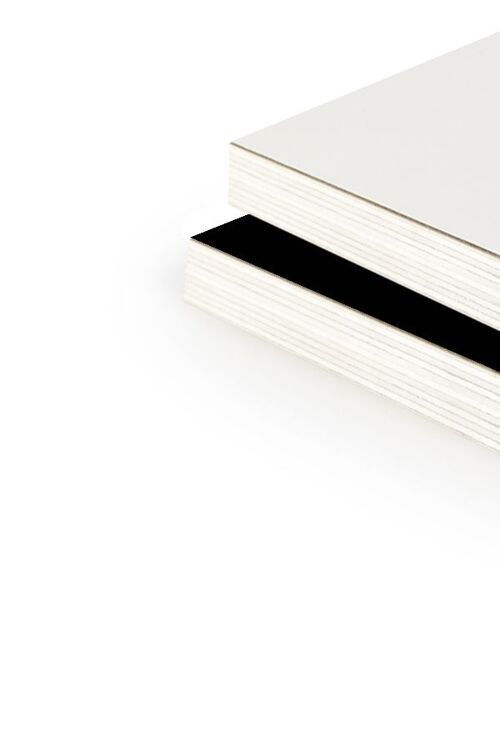The Ori Project: Revolutionizing Space Optimization and Planning
Read the featured articleExplore "The Ori Project," an ingenious concept originating from MIT and driven by Hassier Larrea, CEO of Ori Systems, centered on the emerging field of robotic architecture. Witness the future of adaptable living spaces.
Ori gets its name from "origami", the Japanese art of paper folding to create amazing objects of beauty. Like its etymology, ORI is a prefix which makes an allusion to something magical which is still to come.
"It's all about creating "programmable" spaces in which the walls and the furniture are integrated with electromechanical components to make intelligent rooms and spaces which can be transformed: this is the new idea which will make a 30 metre apartment have the functions of one measuring 50 or 60", Larrea comments.
Effortless transformation so that the space adapts to your needs with a simple piece of furniture connected to the home mains supply you can turn a living room into a bedroom or an office. This technology brings rational solutions to an ever more common situation: tiny flats in overcrowded cities where the cost per square metre of a home is growing more and more expensive. All those elements which move do so by electricity; All you need is a cable to bring everything to life.
Robotic furniture, moving around the home to change the living spaces, is made using Garnica Performance Poplar plywood panels with an HPL finish. These panels are characterised as being entirely made of sustainably grown European poplar and with premium quality interior veneers for exceptional performance when laminated or coated with film. The HPL finish, High Pressure Lamination, gives the panel exceptionally hardwearing resistance to impact and scratches.
Garnica supplies the ideal material for this project Hassier Larrea was creating one of the early prototypes when one of his American manufacturers from the Boston area told him about the Garnica product: "we quickly became aware, not only of the advantages of the material itself, but also the coincidence that it came from La Rioja. My colleague Iván and I are from San Sebastián, so when we saw that it was a Spanish company and based so near our home region, we decided to contact the distributor to find out more about the product and give it a trial".
According to Larrea, his manufacturers say it is the best option they have worked with. "And the panels come pre-laminated which is a huge bonus as it saves us time and money in the manufacturing process. Moreover, Garnica has a wide network of contacts for the laminated sheets, and this gives us the flexibility to change the colour, texture or finish in the future and offer more options".
"The material has met our expectations and those of our customers due to its light weight – even in the case of large panels (4' x 8 ́)-, its malleability and its price", says the CEO of Ori Systems, who also values the ease with which you can "machine and work the edge of the laminated sheets, which reduces splinters to the minimum"- For Larrea "poplar fits in perfectly with our needs and the textures Garnica can achieve with this product mean that it is almost impossible to tell the HPL material from natural wood".
So what is the next big challenge? Managing to speed up the supply processes. Technical staff from both companies are working to reduce the delivery time for the product so as to be able to satisfy the company's demands. Ori can be installed in existing buildings or new-builds. They are modules which can be assembled on site and only require a standard electrical socket. The future is getting closer and closer and Garnica is already part of it.

